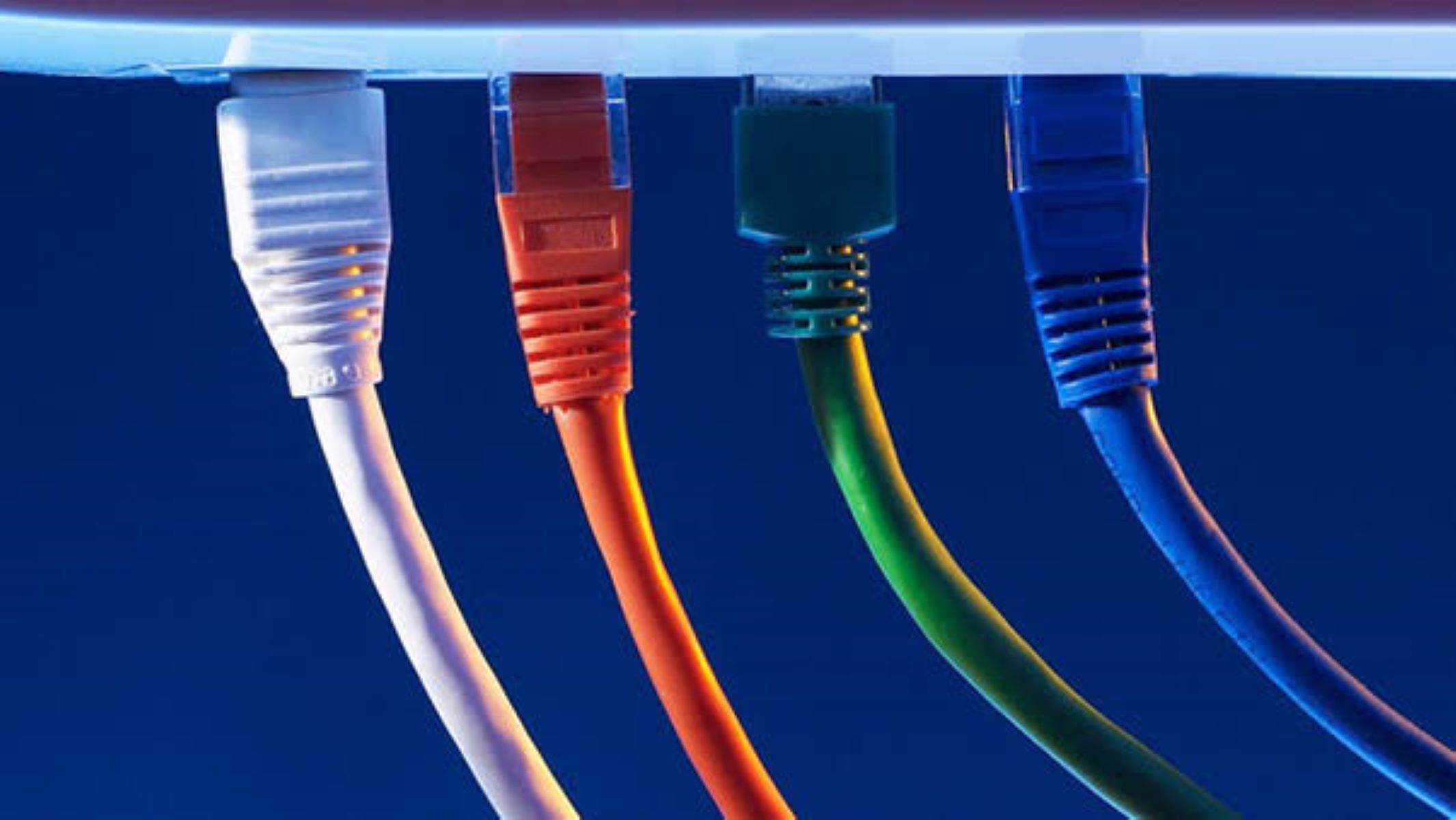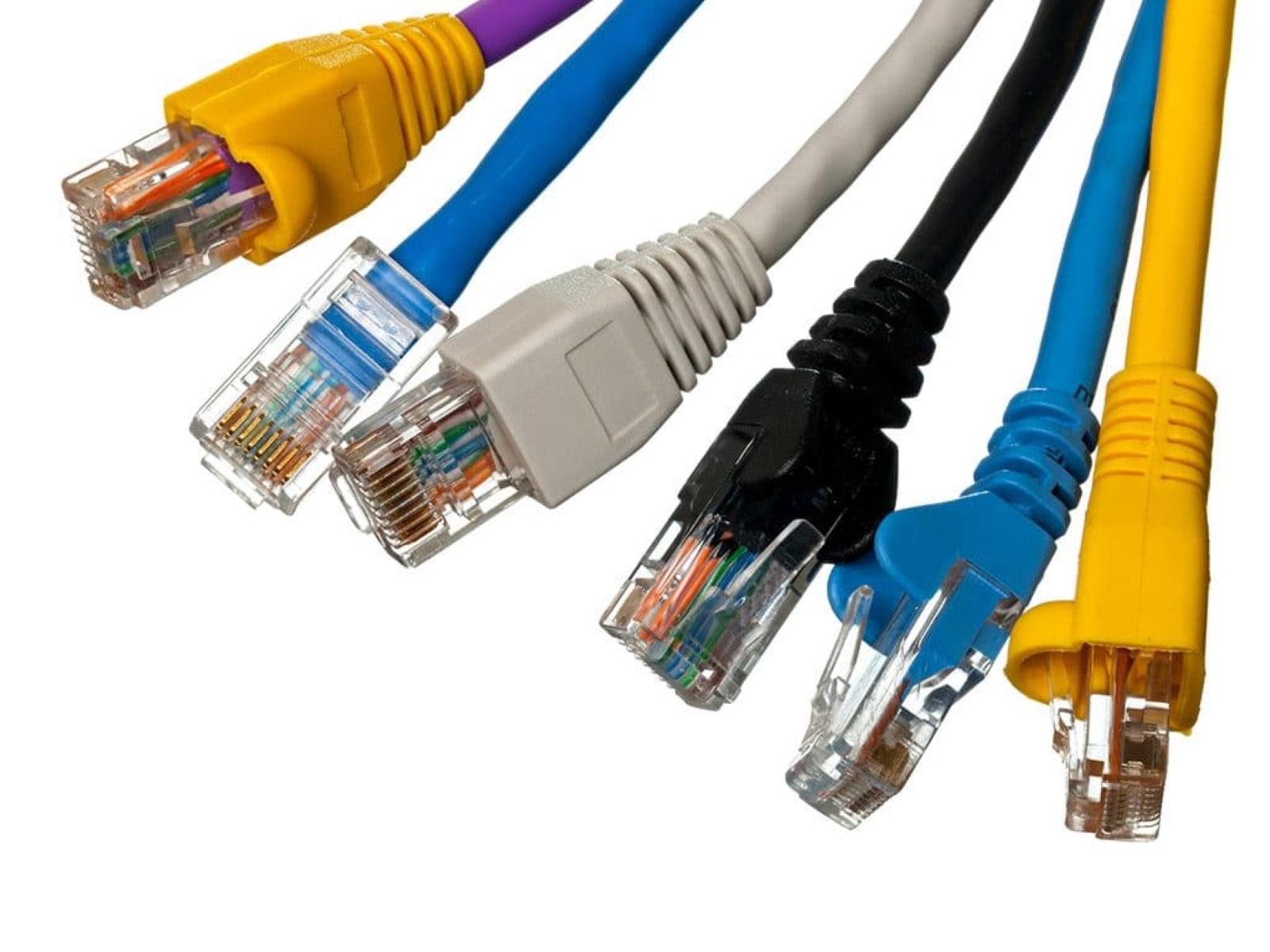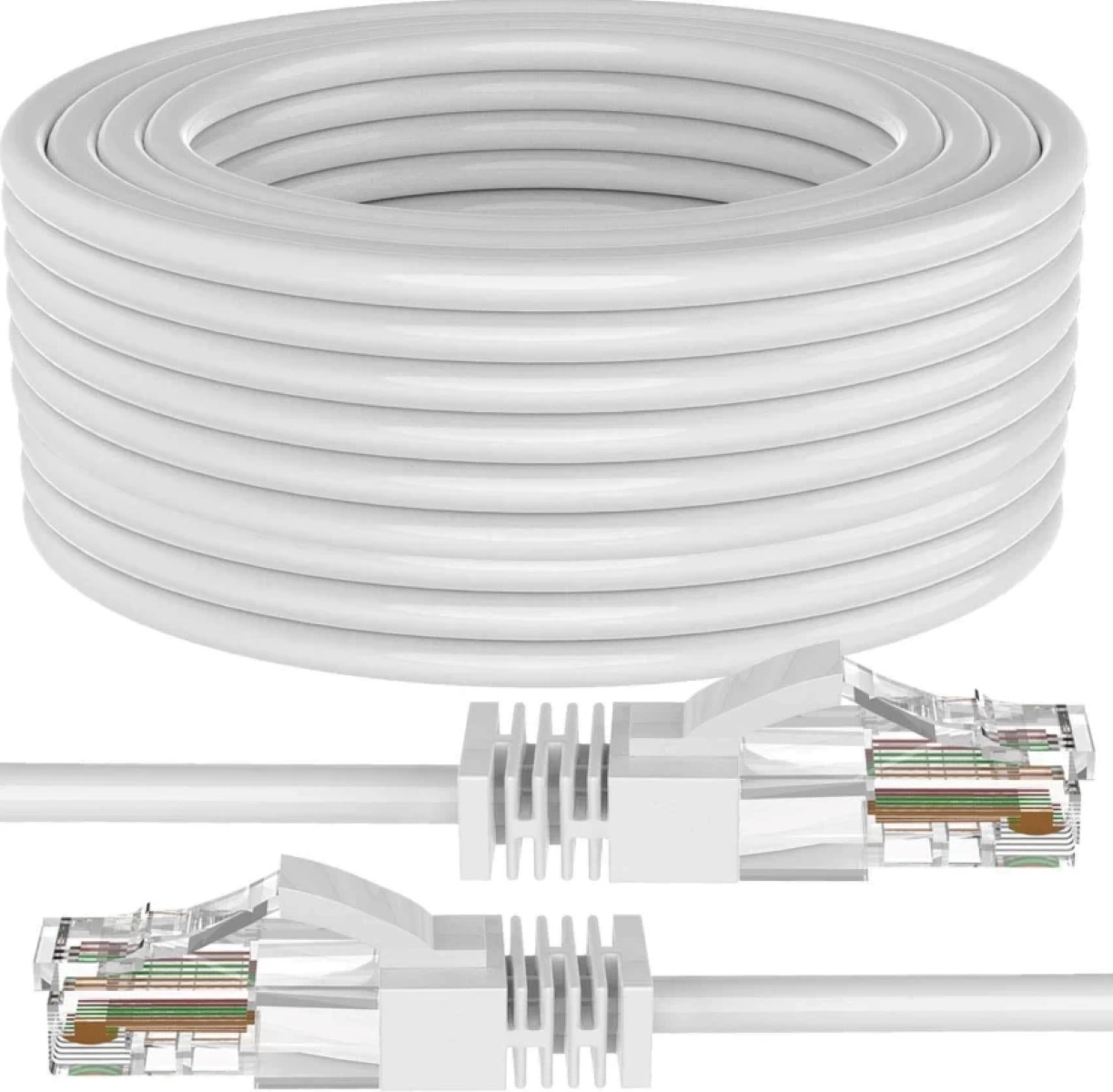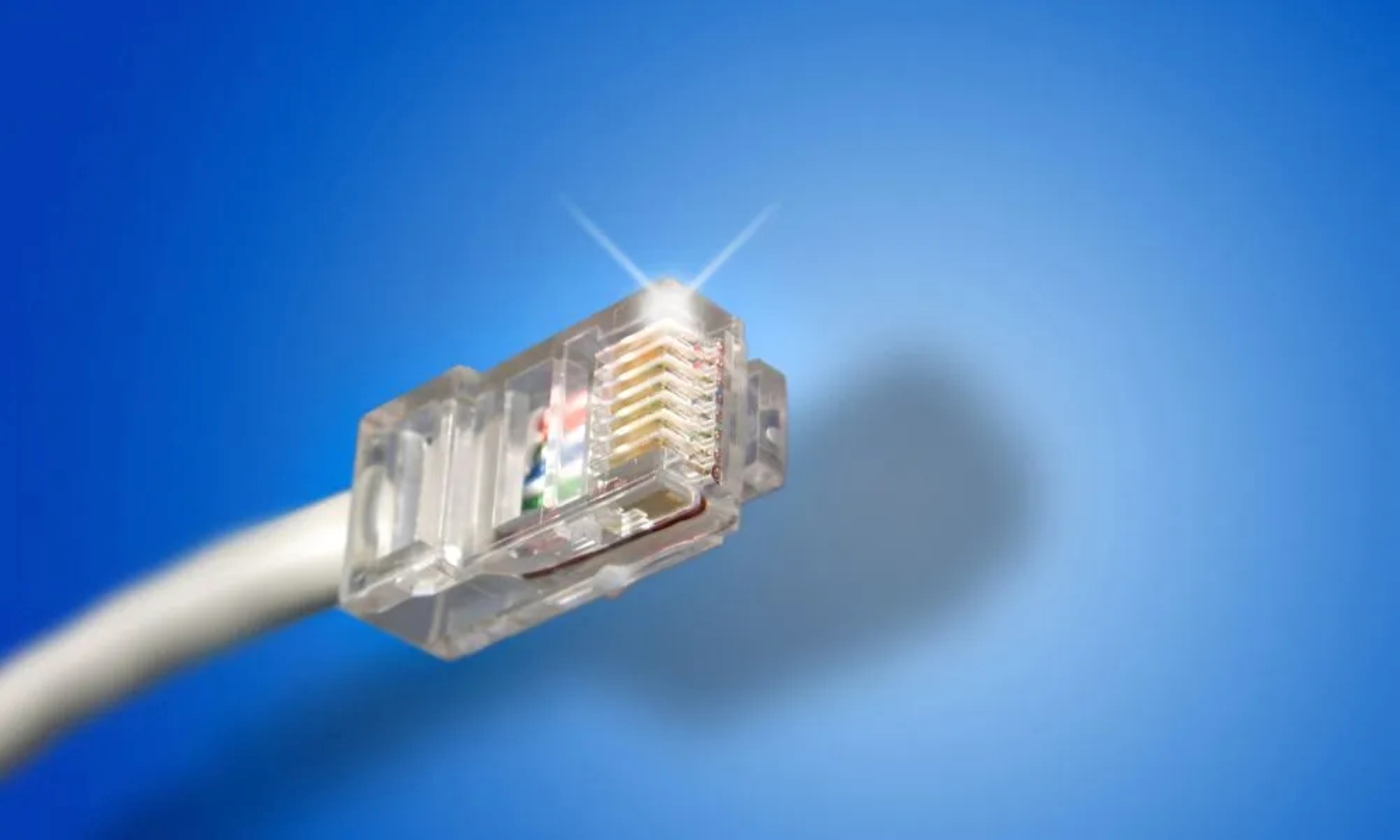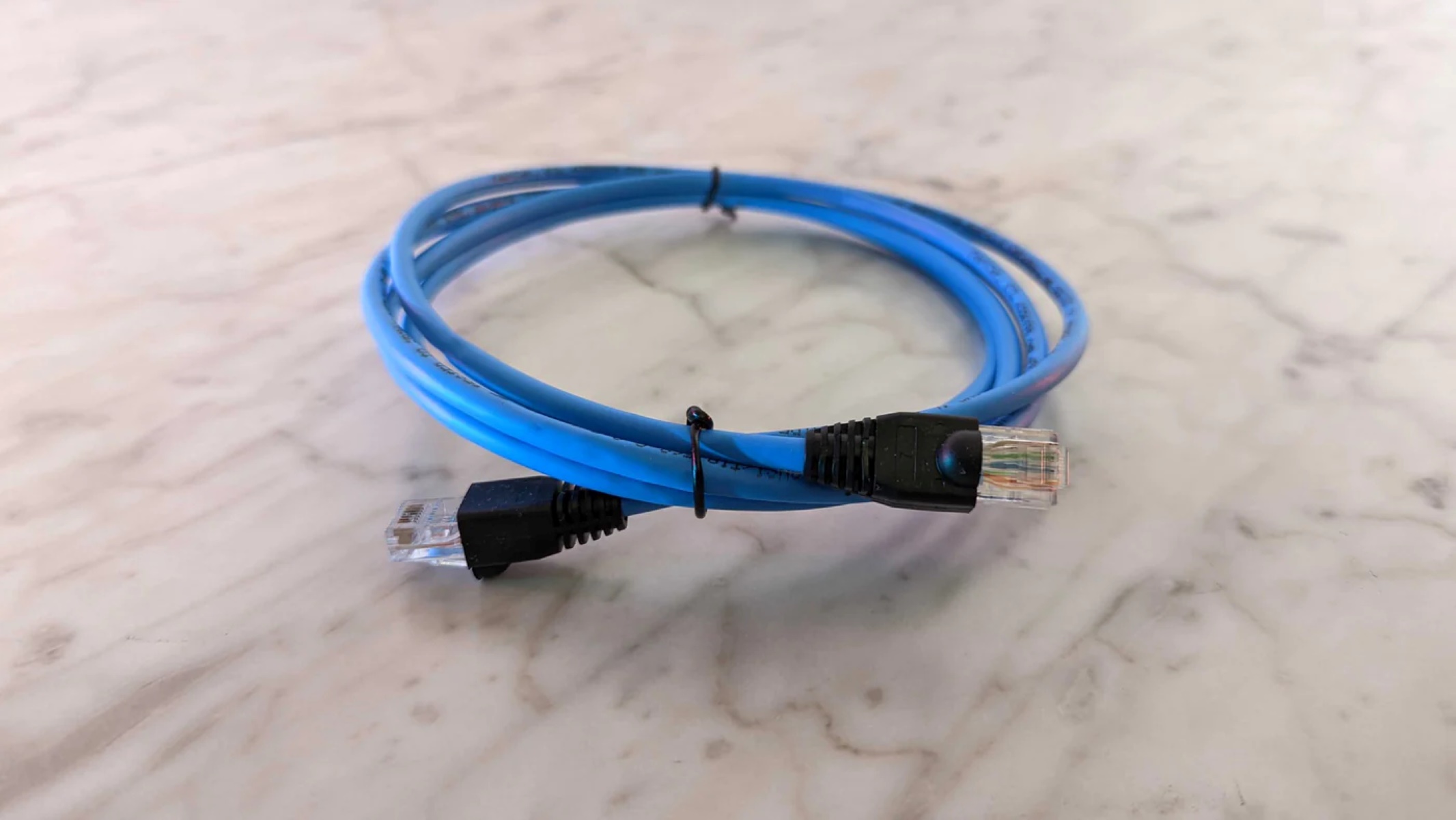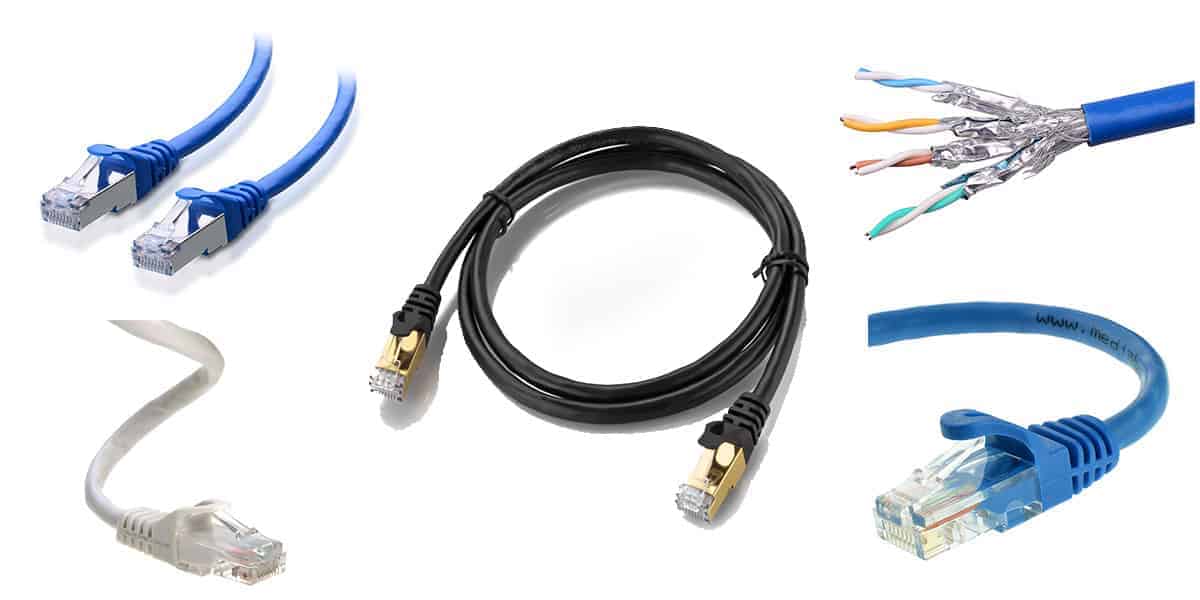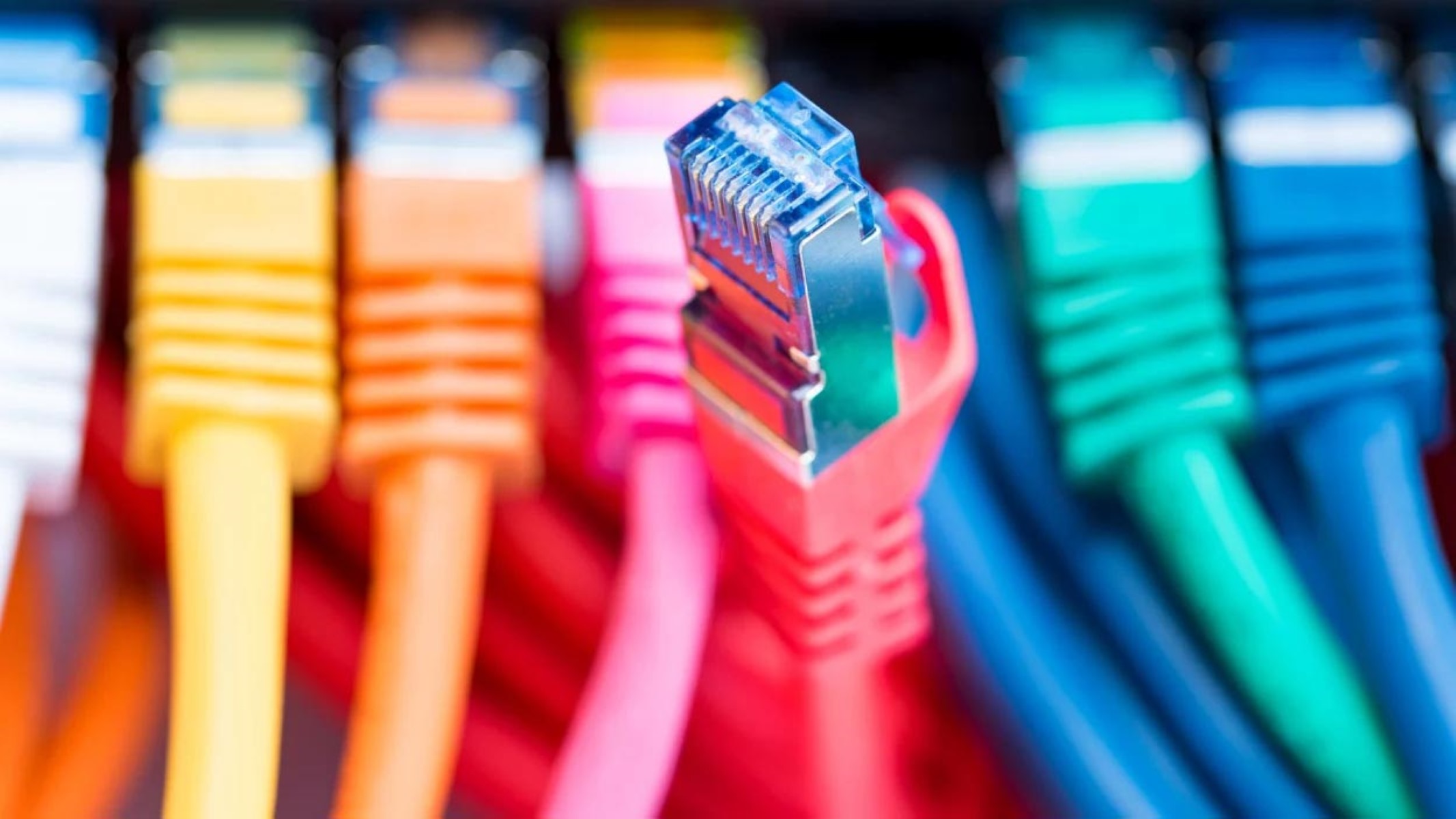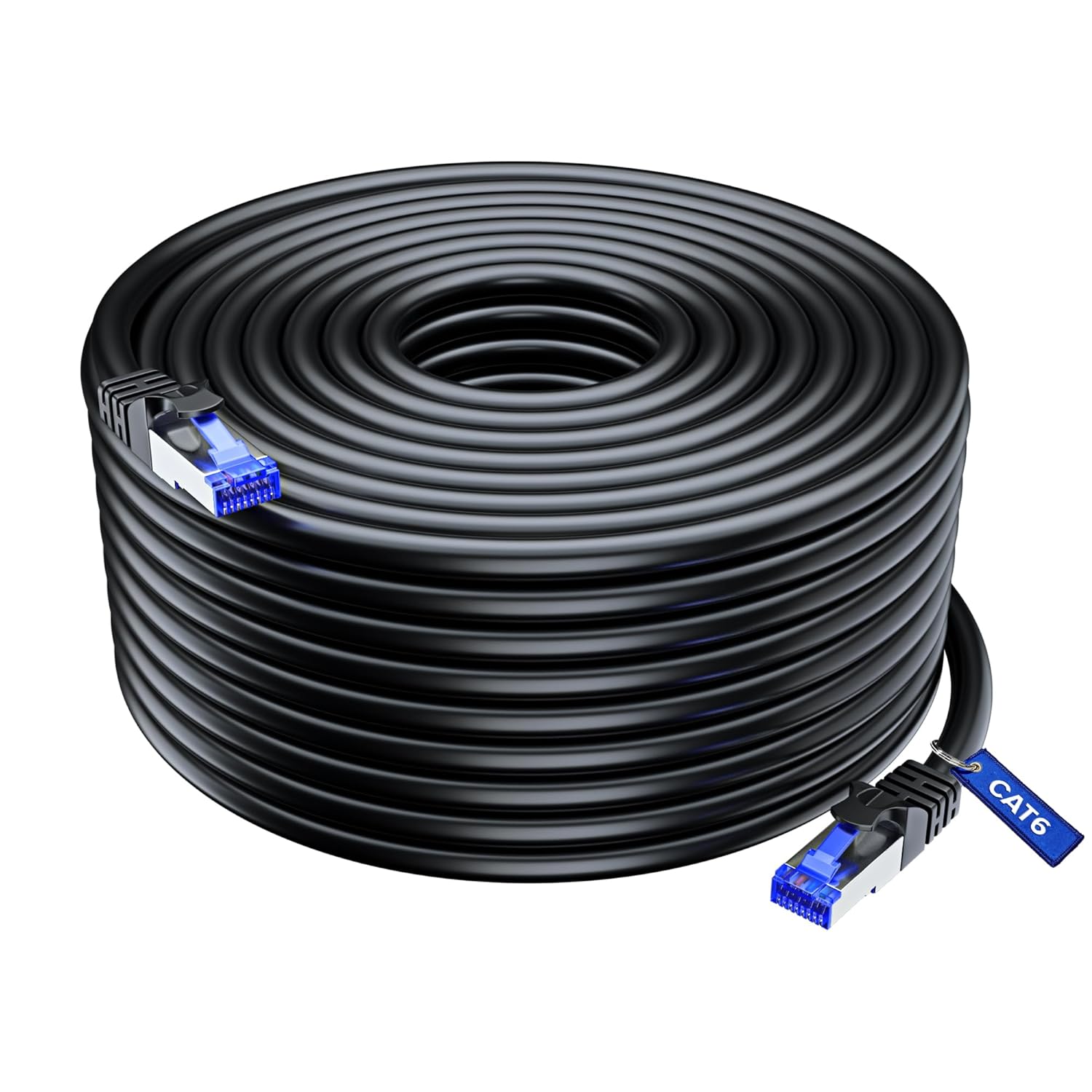Introduction
Ethernet 100BaseFX is a widely used networking technology that provides a high-speed, reliable, and cost-effective solution for transmitting data over local area networks (LANs). With data transfer speeds of up to 100 Mbps, Ethernet 100BaseFX offers enhanced performance for businesses and organizations of all sizes.
In this article, we will explore the different types of cabling used in Ethernet 100BaseFX networks. Cabling plays a critical role in the successful implementation of an Ethernet network, as it directly impacts the speed and efficiency of data transmission.
Understanding the types of cabling used in Ethernet 100BaseFX networks is crucial for network administrators and IT professionals to ensure optimal network performance and connectivity. By choosing the appropriate cabling for their specific requirements, organizations can maximize their network’s capabilities and enhance overall productivity.
Let’s now delve into the various types of cabling used in Ethernet 100BaseFX networks, including the benefits and considerations associated with each option.
What is Ethernet 100BaseFX?
Ethernet 100BaseFX, also known as Fast Ethernet, is a networking standard that provides high-speed data transmission over local area networks (LANs). It is an improvement upon the original Ethernet standard, which offered data transfer speeds of up to 10 Mbps. Ethernet 100BaseFX increases the speed tenfold, allowing for data transfer rates of up to 100 Mbps.
This technology is widely used in various industries and organizations that require fast and reliable network connections, such as businesses, educational institutions, and healthcare facilities. Ethernet 100BaseFX enables seamless communication between multiple devices, including computers, servers, printers, and other networking devices.
The “Base” in Ethernet 100BaseFX refers to the baseband transmission, where the entire bandwidth of the network cable is used to transmit a single data signal. The “FX” stands for the type of cabling used, in this case, fiber optic cabling.
One of the key advantages of Ethernet 100BaseFX is its ability to provide high-speed data transmission over longer distances. Unlike older Ethernet standards, which were limited by the length of the copper cabling, Ethernet 100BaseFX utilizes fiber optic cables that can span distances of up to 2 kilometers without experiencing signal degradation.
Ethernet 100BaseFX operates on a full-duplex mode, meaning that data can be transmitted and received simultaneously. This enables faster and more efficient communication between devices on the network, allowing for smoother data transfers and reduced network congestion.
Overall, Ethernet 100BaseFX is a reliable and cost-effective networking solution that offers high-speed data transmission, flexibility in network design, and improved performance compared to previous Ethernet standards. It continues to be widely adopted in various industries, providing the backbone for modern LAN infrastructures and supporting the ever-increasing demand for faster and more efficient data communication.
Types of Cabling Used in Ethernet 100BaseFX Networks
In Ethernet 100BaseFX networks, two types of cabling are commonly used: multimode fiber optic cables and single-mode fiber optic cables. Each type has its own characteristics, advantages, and considerations. Let’s explore these options in more detail.
Multimode Fiber Optic Cables
Multimode fiber optic cables are often the preferred choice for Ethernet 100BaseFX networks within shorter distance applications. These cables are designed to carry multiple modes, or paths, of light simultaneously. They have a larger core size compared to single-mode cables, allowing for greater transmission of light signals.
This type of cabling is ideal for distances up to 2 kilometers and is typically used in LAN environments, data centers, and campus networks. Multimode fiber optic cables are cost-effective and offer high bandwidth capabilities, making them suitable for applications that require fast data transfer rates.
However, it’s important to note that multimode fiber optic cables are more susceptible to modal dispersion, which can lead to signal loss and degradation over longer distances. They are also less efficient at transmitting over extended distances compared to single-mode cables.
Single Mode Fiber Optic Cables
Single-mode fiber optic cables, on the other hand, are designed to carry only one mode of light at a time. They have a smaller core size compared to multimode cables, allowing for greater signal transmission over longer distances.
Single-mode cables are suitable for distances exceeding 2 kilometers and are commonly used in telecommunications, long-haul connections, and high-speed data networks. They offer excellent signal integrity, minimal signal loss, and low attenuation, making them ideal for applications that require reliable and high-performance data transmission.
However, it’s important to consider that single-mode fiber optic cables are typically more expensive than multimode cables. They also require more advanced equipment for installation and may not be necessary for shorter distance networks.
When deciding between multimode and single-mode fiber optic cables for Ethernet 100BaseFX networks, it’s crucial to consider the specific requirements of your network, including distance, budget, and future scalability. Consulting with a network professional can help determine the most suitable cabling option for your organization’s needs.
Multimode Fiber Optic Cables
Multimode fiber optic cables are a popular choice for Ethernet 100BaseFX networks operating within shorter distance applications. These cables have a larger core size, typically ranging from 50 to 62.5 microns, which allows for the transmission of multiple modes, or paths, of light simultaneously.
One of the key advantages of multimode fiber optic cables is their cost-effectiveness. They are generally less expensive than their single-mode counterparts, making them an attractive option for organizations with budget constraints.
Another benefit of multimode fiber optic cables is their high bandwidth capabilities. They can support faster data transfer rates, enabling efficient communication across the network. This makes multimode cables suitable for LAN environments, data centers, and campus networks where bandwidth demands are relatively high.
However, it’s important to note that multimode fiber optic cables are more susceptible to modal dispersion. Modal dispersion occurs when light signals transmitted through the cable take different paths, resulting in signal loss and degradation over longer distances. This limitation restricts the maximum distance over which multimode cables can reliably transmit data.
For Ethernet 100BaseFX networks, multimode fiber optic cables are typically capable of transmitting data up to a distance of 2 kilometers. Beyond this distance, the signal quality may deteriorate, affecting network performance.
Overall, multimode fiber optic cables offer a cost-effective and high-bandwidth solution for Ethernet 100BaseFX networks operating within shorter distances. They are widely used in a range of applications and provide reliable data transmission for organizations seeking to optimize their network capabilities.
Single Mode Fiber Optic Cables
Single mode fiber optic cables are a preferred choice for Ethernet 100BaseFX networks that require longer distance data transmission. These cables have a smaller core size, typically around 9 microns, which allows for the transmission of a single mode, or path, of light.
One of the key advantages of single mode fiber optic cables is their ability to transmit data over significantly longer distances compared to multimode cables. They offer low attenuation and minimal signal loss, making them suitable for high-speed and long-haul connections.
Single mode cables are commonly used in telecommunications, large-scale enterprise networks, and applications that require reliable data transmission over distances exceeding 2 kilometers. They are capable of supporting higher data transfer rates and can handle large volumes of data traffic.
Although single mode fiber optic cables offer superior performance for long-distance transmission, they tend to be more expensive than multimode cables. The smaller core size and specialized manufacturing process contribute to the higher cost.
Additionally, single mode cables require more sophisticated equipment for installation and connections. Precise alignment and tighter tolerances are necessary to ensure optimum signal transmission.
Despite the higher cost and installation complexity, single mode fiber optic cables are an excellent investment for Ethernet 100BaseFX networks that require reliable and high-performance data transmission over extensive distances. They provide exceptional signal integrity, ensuring minimal loss and superior network performance.
In summary, single-mode fiber optic cables are the preferred choice for Ethernet 100BaseFX networks operating over long distances. They offer reliable transmission, low signal loss, and high data transfer rates, making them ideal for telecommunications, large-scale networks, and applications with demanding data requirements.
Benefits of Fiber Optic Cables in Ethernet 100BaseFX Networks
Fiber optic cables offer several key benefits in Ethernet 100BaseFX networks, making them a preferred choice for organizations seeking reliable and high-speed data transmission. Let’s explore some of the advantages of using fiber optic cables in Ethernet 100BaseFX networks.
1. High Bandwidth:
Fiber optic cables have a significantly higher bandwidth capacity compared to traditional copper cables. They can accommodate more data traffic and support faster data transfer rates. This makes fiber optic cables ideal for bandwidth-intensive applications such as video streaming, cloud computing, and large file transfers.
2. Greater Distance:
Fiber optic cables can transmit data over much longer distances than copper cables. They have low attenuation, which means the signal can travel significant distances without losing strength. This capability allows organizations to extend their network coverage without compromising data quality or reliability.
3. Immunity to Interference:
Unlike copper cables, fiber optic cables are immune to electromagnetic interference (EMI) and radio frequency interference (RFI). This makes them highly reliable in environments with high levels of electrical noise, such as industrial settings or areas with heavy machinery. Fiber optic cables are not affected by nearby power lines, electrical equipment, or other data cables, ensuring consistent and uninterrupted connectivity.
4. Enhanced Security:
Fiber optic cables provide a high level of data security. Unlike copper cables, which emit electromagnetic signals that can be intercepted, fiber optic cables do not radiate any signals, making it extremely difficult for hackers to tap into the data transmitted through the network. This inherent security feature is particularly important for organizations that handle sensitive or confidential data.
5. Scalability and Future-Proofing:
Fiber optic cables offer scalability and future-proofing capabilities. As technology advances and bandwidth requirements increase, fiber optic cables can easily accommodate higher data transfer rates and support future network upgrades. Upgrading to higher transmission speeds or adding more devices to the network can be achieved simply by swapping out the networking equipment rather than rewiring the entire infrastructure.
In today’s data-driven world, the benefits of fiber optic cables in Ethernet 100BaseFX networks are undeniable. They deliver high-speed, reliable, and secure data transmission over long distances, while providing the flexibility to support growing network demands. By choosing fiber optic cables, organizations can optimize their network performance and stay ahead in the digital era.
Conclusion
Ethernet 100BaseFX networks, powered by fiber optic cables, offer a reliable and high-performance solution for businesses and organizations seeking fast and secure data transmission. By understanding the types of cabling used in these networks, network administrators and IT professionals can make informed decisions to optimize their network infrastructure.
Multimode fiber optic cables are an affordable choice for Ethernet 100BaseFX networks operating within shorter distances. They offer high bandwidth capabilities and are suitable for LAN environments, data centers, and campus networks. However, their transmission distance is limited compared to single-mode cables.
Single mode fiber optic cables excel in Ethernet 100BaseFX networks that require extended distance transmission. They provide low signal loss, high data transfer rates, and are ideal for telecommunications and large-scale networks. Although they come at a higher cost, single mode cables offer superior performance for long-haul connections.
Both fiber optic cable options deliver numerous benefits for Ethernet 100BaseFX networks. They offer high bandwidth, support greater distances, and are immune to interference. Additionally, fiber optic cables provide enhanced data security and future-proofing capabilities for scalability.
Choosing the right cabling for Ethernet 100BaseFX networks depends on factors such as distance requirements, budget considerations, and scalability needs. It is recommended to consult with network professionals to assess specific requirements and determine the most suitable cabling option.
In summary, Ethernet 100BaseFX networks, utilizing fiber optic cables, are a reliable and efficient solution for high-speed data transmission. The right choice of cabling ensures optimal network performance, allowing organizations to meet their data communication needs and stay ahead in the ever-evolving digital landscape.







